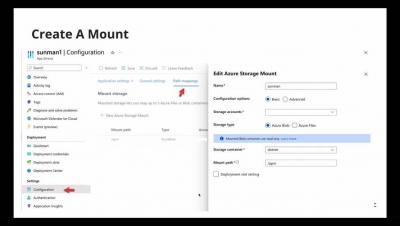RCA Series: Root Cause Analysis in Observability with Elastic AIOps (2/4)
Root cause analysis empowers you to prevent issues from recurring that were revealed by your monitoring IT systems and online applications including eCommerce sites. See Elastic engineers walk you through applying four AIOps capabilities and accelerate MTTR by automatically categorizing logs, explaining log rate spikes, visually inspecting anomalous components in their context, and correlating slow or failed transactions with potential root causes.











